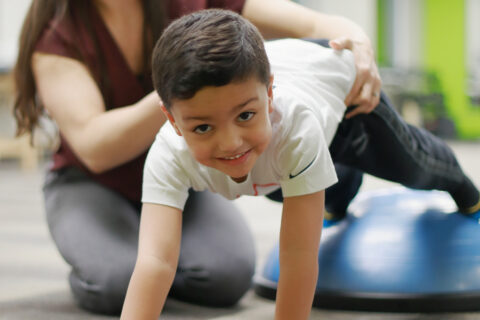Environment and Senses: Why they’re important for your child’s early learning
The environment in which a child learns and plays can have a significant impact on their early learning and development. Creating a rich and stimulating environment that engages a child’s senses can help them develop important skills such as creativity, curiosity, and problem-solving.
One of the ways in which the environment can engage a child’s senses is through sensory play. Sensory play involves providing children with opportunities to explore different textures, smells, sounds, and colors. This type of play encourages children to use their senses to learn and understand the world around them.
Another important aspect of the environment is the physical space in which a child learns and plays. Providing children with a safe and inviting space that allows them to move and explore can help them develop important gross motor skills, such as crawling, walking, and jumping.
The layout of the environment can also play a role in a child’s learning and development. Providing children with spaces for quiet play, group play, and individual exploration can help them learn how to interact with others and how to manage their own time and activities.
Creating an environment that supports a child’s early learning and development also involves providing them with a variety of materials and resources. Toys, books, art supplies, and other materials can help children explore and learn in a variety of ways.
In conclusion, the environment and senses play an important role in a child’s early learning and development. By providing children with opportunities for sensory play, creating a safe and inviting physical space, designing a layout that supports learning and exploration, and providing a variety of materials and resources, you can help your child develop important skills that will serve them well in their academic and personal lives. By supporting your child’s early learning and development in these ways, you’re setting them up for a lifetime of success.


